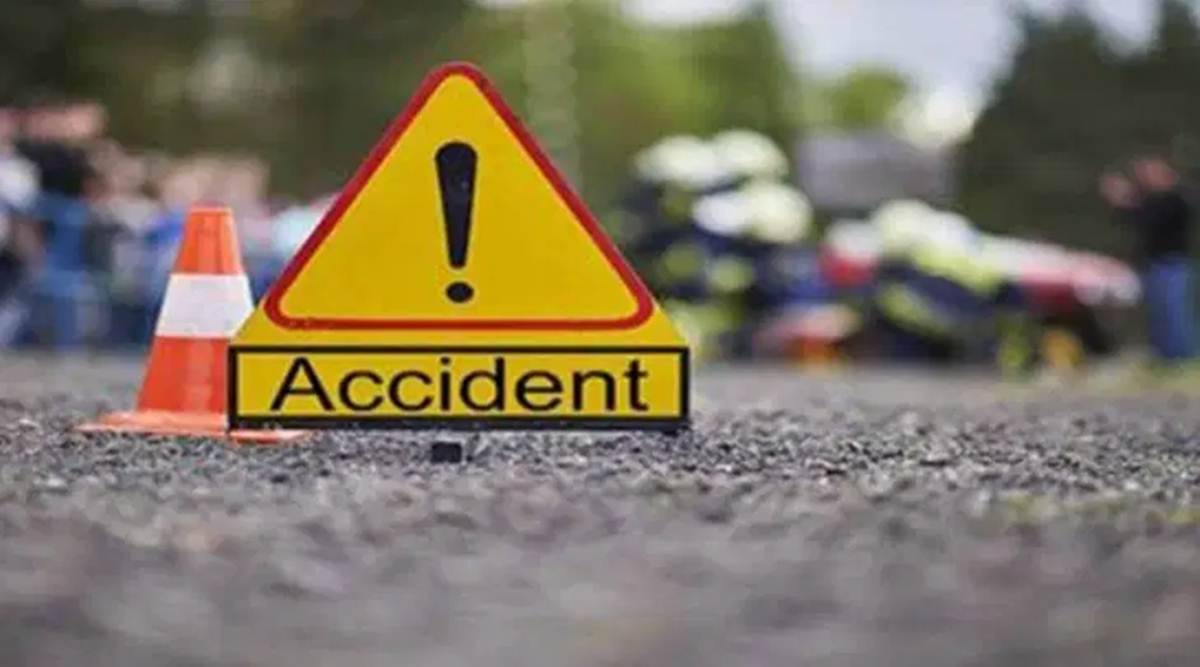 Men comprised 80% of all fatalities on the roads last year, and a majority of them were aged between 20 and 29 years; 99% of drivers at fault for these accidents were also male, the report found. (Representational)
Men comprised 80% of all fatalities on the roads last year, and a majority of them were aged between 20 and 29 years; 99% of drivers at fault for these accidents were also male, the report found. (Representational)The Ghatkopar-Mahul Road, the Balasaheb Thackeray Flyover in Jogeshwari and the Vasantdada Patil Marg in Ghatkopar have emerged as the deadliest roads for commuters in Mumbai since 2017, a new study has found.
Fourteen deaths were recorded per kilometre between 2017 and 2019 on the 1.36-km-long Ghatkopar-Mahul Road, which abuts the Eastern Express Highway (EEH) and the 1.1-km-long Balasaheb Thackeray Flyover leading to the Western Express Highway (WEH). A total of 56 deaths and serious injuries took place on Ghatkopar-Mahul Road between 2017 and 2019 and 38 on the Balasaheb Thackeray Flyover, according to analysis conducted by the Bloomberg Philanthropies Initiative for Global Road Safety using data provided by the Mumbai Traffic Police.
On the Vasantdada Patil Marg in Ghatkopar, eight deaths and 16 serious injuries were recorded per kilometre in the same period of time. A total of 32 deaths and serious injuries took place on the 1.3-km-long stretch, stated the Annual Road Safety Report 2019.
The report also found that 346 deaths and serious injuries took place on the 25.3-km-long WEH, 242 on the 23.5-km-long EEH, 108 on the 9.1-km-long, Sion-Panvel Highway, 57 on the 6.45-km-long Santacruz-Chembur Link Road, 47 on the 7.1-km-long Aarey Colony Road, 40 on the 6.2-km-long Goregaon-Mulund Link Road and 38 on the 2.5-km-long J.J. Flyover.
Dr Sara Whitehead, a Public Health and Preventive Medicine Consultant at Vital Strategies, said that a heat-map of Mumbai’s roadways indicated that a large number of road crashes resulting in deaths and serious injuries took place on major arterial roads.
Among junctions, Amar Mahal in Chembur was found to be deadliest. Over a two year period, 25 persons were killed and 40 more injured within a 250 meter radius of the junction. Godrej Junction in Vikhroli was just as deadly, with 18 deaths and 42 injuries recorded between 2017 and 2019.
In another indication of the dangers that the city’s two major highways pose to commuters, the study found that intersections of the WEH with major roads in Jogeshwari, Santacruz and Bandra resulted in 161 fatalities and serious injuries. Crashes at intersections of the EEH in Kurla, Ghatkopar and Kanjurmarg resulted in 111 deaths and serious injuries to commuters.
The organisation also found that a gradual reduction in road crashes, deaths and injuries over the past five years. Yashasvi Yadav, Joint Commissioner of Police (Traffic), said that achieving a 27% reduction in road accidents since 2015 was an important achievement.
The organisation’s Annual Road Safety Report 2019 found that pedestrians (47%), motorcyclists (41%) and cyclists (2%) accounted for 90% of all deaths on Mumbai’s roads and continued to remain the city’s most vulnerable road users.
Men comprised 80% of all fatalities on the roads last year, and a majority of them were aged between 20 and 29 years; 99% of drivers at fault for these accidents were also male, the report found.
Yadav added that the Intelligent Traffic Management System (ITMS) was key to reducing road crashes further. In August 2019, the Maharashtra Cabinet had earmarked Rs 891 crore for the project which will use Artificial Intelligence to decongest traffic and monitor violations. “The system is totally automated and use Artificial Intelligence to identify traffic rule violators and issue challans to them. We can also reduce serious accidents but not bring them down to zero. We are planning to implement ITMS within the next one and a half year. If that happens then there will be very few traffic policemen on the streets,” he said.
Using the ITMS, the department also hopes to reduce the average travel time for commuters by 30 minutes, Yadav said. “The signal will control traffic signals and prolong green lights on congested stretches,” he said.
Yadav added that the traffic police would also soon begin requesting drivers with more than four unpaid challans to pay their fines. “It they do not pay, we will ask the RTO to cancel their licences. If that also doesn’t work, we will start recovering unpaid fines,” he said.